By Greg Zyla —
It’s been 11 years since I was test driving a beautiful 2014 Chrysler 300H “John Varvatos Luxury Edition,” and reminiscing brought back memories of the many designer and performance cars that have graced American showrooms with name brand recognition.
Be it the Frank Sinatra Imperial from 1981 to 1983 or the Varvatos 300H, there have been many notable efforts for car manufacturers to lend or buy names to certain vehicles with hopes of ending up with a possible “Road Runner” success story at the showroom. (By the way, the word “showroom” is out, and “store” is here in 2025).
Varvatos, by the way, was the noted menswear American contemporary fashion designer who not only lent his name to the 300H, but he also OK’d and designed the numerous style accompaniments and special touches on the car. The result was, in my opinion, one of the best-looking cars on the road back then.
As for using designer names for cars, it’s nothing new. Ford enhanced the “designer footprint” practice in the mid-1970s a la its Eddie Bauer Fords and Lincoln Mark Vs, the latter featuring four famous fashion designers: Blass, Cartier, Givenchy, and Pucci.
Lincoln’s designer trend dates to 1968 when Cartier, the world-famous watchmaker, added a nice “timepiece” to the center dashboards of the big Lincoln sedans. However, before Lincoln went full-bore designer crazy, there were other surprising examples.
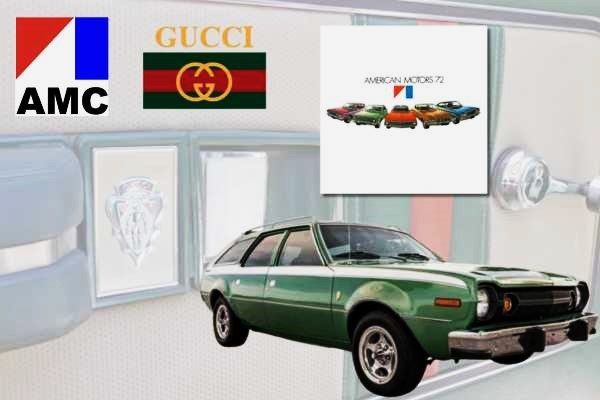
At the bottom of the endorsed cars list would be the Gucci AMC Sportabout Wagons, an effort by AMC back in the 1970s. Although a popular wagon, it was a sales failure from the get-go. (American Motors)
American Motors Corporation (AMC) and its family of less-expensive cars were one of those that really bought into the “designer cars” theory. AMC’s efforts centered around the Hornet, Gremlin, Javelin, and Matador, starting with one of the best-looking mid-sized wagons of the decade: the 1972 and 1973 Hornet Sportabout. Special designer Gucci Sportabouts appeared, with distinctive interiors and exterior badges. Next came a Levi interior Gremlin X, and then a Pierre Cardin Javelin. Even the top-line Matador got into the branding game, releasing a good-looking Dr. Oleg Cassini AMC Matador.
Regardless of the designer marketing theories, I always went for “performance” marketing names, the likes of George Hurst (AMC Scrambler) and Mark Donohue (Javelin/AMX). Both are performance and racing legends and were joined by other racing luminaries like Carroll Shelby with his Cobras, Mustangs, and Chargers; Hurst again with the 442 W30 Oldsmobiles; and Dick Harrell and Don Yenko, both big names of cars coming from Nickey Chevrolet in Chicago and Yenko in Canonsburg, Pa., respectively, with transplanted big-block Chevy engines called COPO (Central Office Production Order) approved with full warranties. Out west, it was Dana Chevrolet, Los Angeles, while Fred Gibb Chevrolet, a second Illinois dealer, was another respected COPO dealer.
If you were a MOPAR fan, all you needed to do was make a trip over to Mr. Norm’s Grand Spaulding Dodge, where Norm Kraus started dropping 440 big blocks into the many Dodge Darts that previously only offered 340 to 360 small blocks. Again, these Darts came with full factory warranties, and several of my friends made the trip from my then-hometown Vineland, N.J., to get their hands on one.
As for Ford, I’ve written several features on the famous Tasca Ford dealership in Cranston, Rhode Island, that led the Ford COPO-style Thunderbolts in the early 1960s and are still at it to this day in nitro funny car racing.
Instead of apparel or wristwatch/clock designers, I happily favored cartoon character-based cars, like the aforementioned “beep-beep” Plymouth Road Runners, complete with the Warner Brothers’ famous “Road Runner Bird” that was always pursued by the Coyote in the cartoon adventures. To this day, here in 2025, instead of the sibling high-performance Dodge being named “Super Bee,” I always felt Chrysler missed the boat by not calling Super Bee the Dodge Coyote.
In retrospect, however, perhaps the Coyote’s accident-prone and failed chase exploits always found the Road Runner winning. Thus, in keeping with utilizing the name and graphics they paid $50,000 to use, Chrysler’s “Coyote Duster” ended up being used as the impressive ram air intake system that appeared on several MOPAR muscle cars, much to my liking.
Moving on to actual spokespeople, famous actor Ricardo Montalban, again in my opinion, was the “top car man” of the mid 1970s. Already a star in the long running TV hit “Fantasy Island,” Montalban added to his famous resume as the face and voice of Chrysler’s new 1975 Cordoba personal-size luxury car, with special emphasis on its Corinthian leather interior. There may not have been an official “Montalban Cordoba,” but the millions sold came with the help of what I feel is one of the most famous car advertising campaigns ever. Chrysler released the above mentioned Frank Sinatra Edition Imperial from 1981-1983, but the good-looking car was short-lived because manufacturers were downsizing their large luxury cars.
In ending, here’s a quick list of cars I remember as members of my list of endorsed vehicles with a welcome to my readers for input on what designers, performance legends or movie and TV stars you remember in car promotion, like Farah Fawcett and her Mercury Cougar ads.
While not officially sanctioned, some Cadillac Sevilles were customized by Gucci in the 1970s and 1980s through aftermarket shops, featuring Gucci interiors and branding.
The Fiat 500 by Gucci (2011): A collaboration with the fashion house, featuring Gucci stripes, badges, and a co-branded interior.
The Hurst/Olds was a special edition of the Oldsmobile Cutlass, created in collaboration with Hurst Performance, a company famous for its high-performance shifters and muscle car upgrades.
The Lexus ES 300 Coach Edition: Came with Coach leather interiors and branded accessories.
Carroll Shelby Cobras and Mustangs began in 1965 through the 1970 era, and then revived in the 2000s. High-performance Mustangs tuned by Shelby American, are still ultra-popular today. Congrats Ford! The Shelby creations are among the most iconic muscle cars ever made.
Baldwin Motion Chevrolet and Motion Performance from Long Island, New York, built high-horsepower street and drag cars that were guaranteed to run specific times right off the showroom floor.
Steve Saleen built special Ford Mustangs and started in the 1980s to present day. Saleen’s company modified Mustangs with performance and styling upgrades.
Jack Roush, NASCAR and NHRA team owner and engineer, built performance Mustangs with superchargers, suspension, and styling mods. Still at it to this day.
Callaway high-performance versions of GM cars, especially known for turbo and supercharged Corvettes, are respected to this day.
I’m aware I might have missed some of the big-name endorsements and builders, so if you have one that deserves recognition, shoot me a note or email and I’ll include it when I revisit car endorsements in a future column.
(Greg Zyla is a syndicated auto columnist who welcomes reader input on collector cars, auto nostalgia, and motorsports at extramile_2000@yahoo.com or Greg Zyla, Roosevelt Street, Sayre, Pa. 18840.)
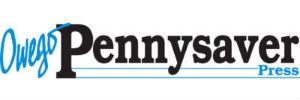
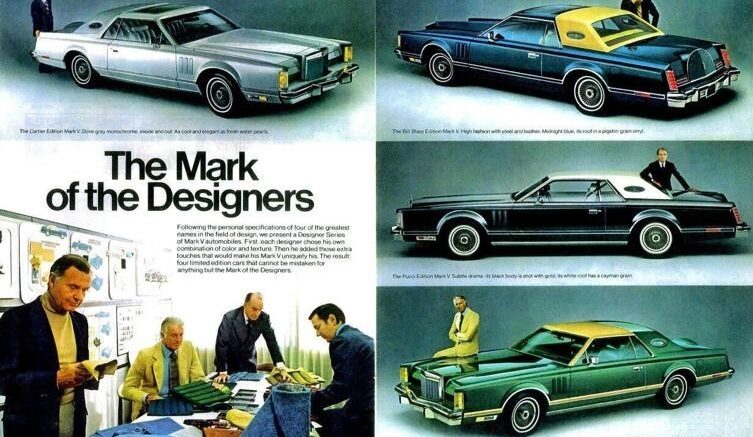
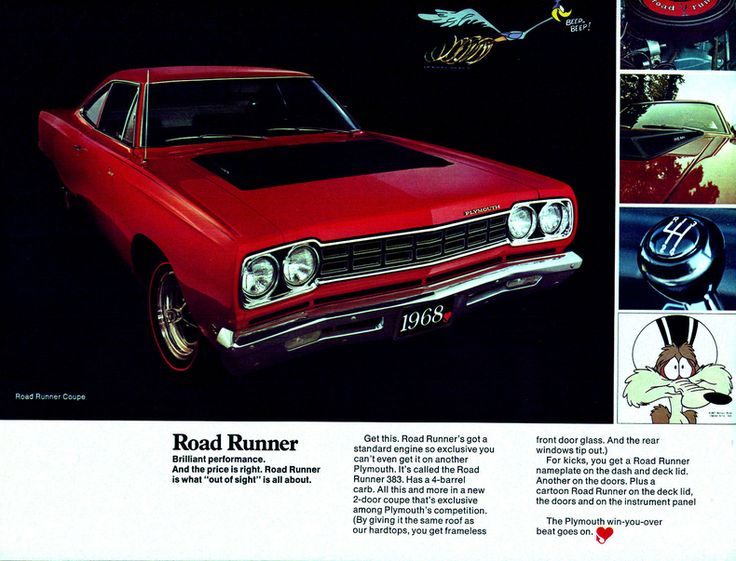
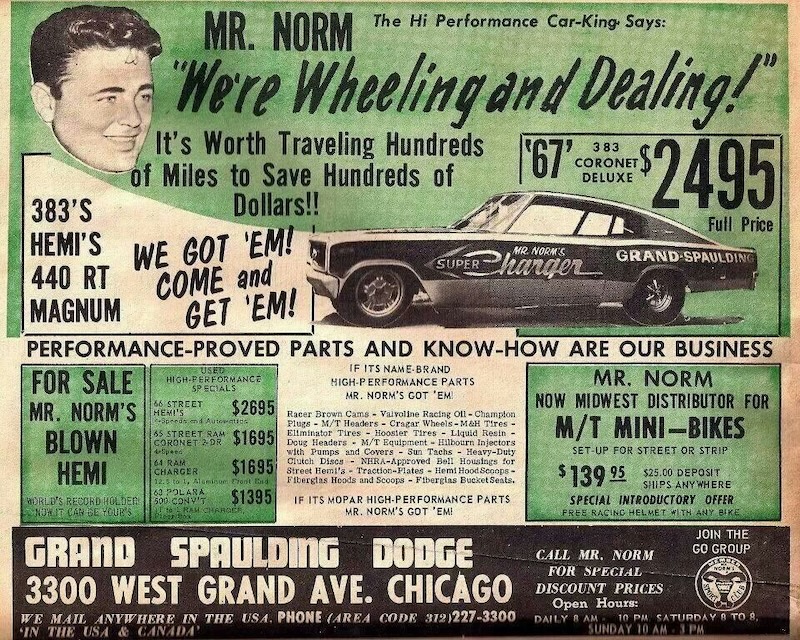

Be the first to comment on "Collector Car Corner/ Cars We Remember; The Name Game: Autos’ Love Affair with Name Endorsements"